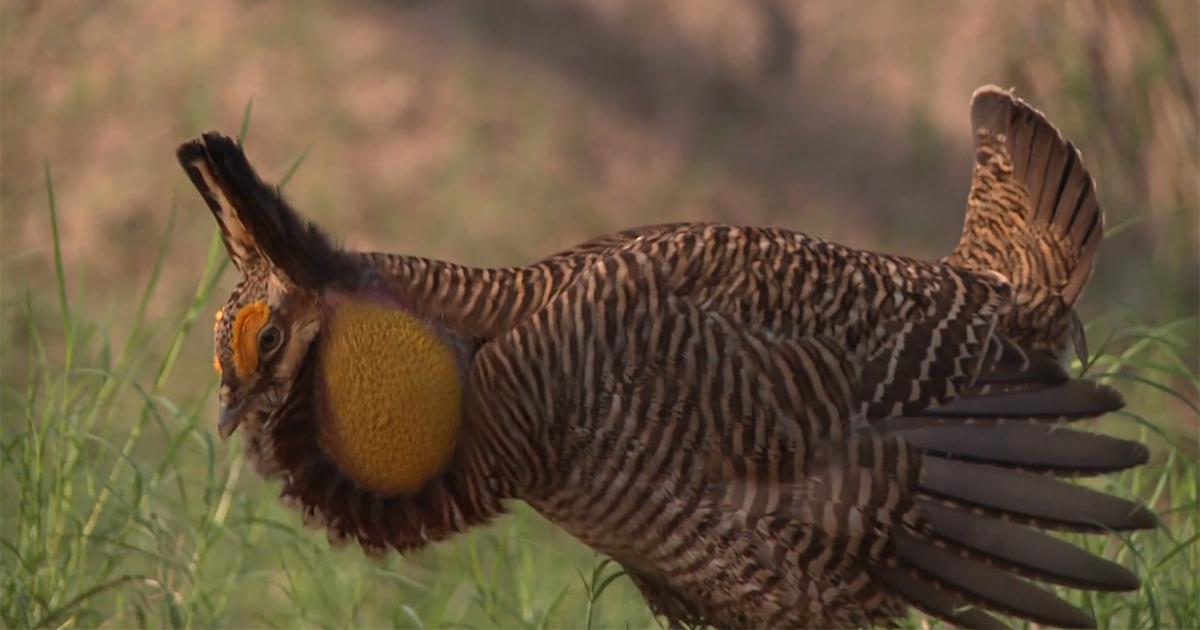February. The month of love. A time for Valentine’s Day, chocolate and roses. Wine and wattles. Booming and bon-bons. And skunk carcasses.
The history of Valentine’s Day can be traced to an ancient Roman festival called Lupercalia, held in the middle of February to mark the start of their springtime. Even in Texas, mid-February may seem an early kickoff for spring. On average in Texas, the final frosts don’t bid their final adieu until close to the end of March. But, like the early Romans, some Texas wildlife spring into action in February. From the colorful to the deadly, the following are just a few wild courtships beginning this month.
Wild Turkeys
Hans and Franz. That’s what Landmark Wildlife clients called two wild male turkeys they would see strutting around their property, trying to impress the hens. Hans and Franz, as some of you may remember, were two muscle-bound gym enthusiast characters played by Dana Carvey and Kevin Nealon on Saturday Night Live. Like Hans and Franz the fictional characters, the feathered Hans and Franz would get pumped up and proudly display their attributes. Generally speaking, mating season for wild turkeys begins in February, triggered by increasing length in days and increasing sunlight which causes a hormonal response. Fluctuations in temperature may accelerate (warmer) or slow (colder) mating activity. Male courtship behavior includes gobbling, strutting, fanning out their tail feathers and pumping up their body feathers. Their wattles, that dangling bit of skin that hang off their necks, also may become redder as increased emotion causes increased blood in and a reddening of the wattle. Roses are red, and wattles are, too. But, ladies, don’t think their impressive efforts are for you, alone. Male turkeys are polygamous. As noted in “Texas Turkey Talk”, published by Texas Parks and Wildlife, “(o)n average, dominant gobblers can mate with as many as ten hens during the spring breeding season.”
Prairie Chickens
On April 14, 2019, the 25th Annual Booming-N-Blooming Festival happens in Sealy, Texas, about an hour outside of Houston. The annual event at the Attwater Prairie Chicken National Wildlife Refuge celebrates spring in Texas (blooming) and the famed courting dance of the male prairie chicken (known as “booming”). Although the festival happens in April, the booming typically starts in February when the male prairie chickens (grouses that weigh about two pounds) begin their impressive performance. What female prairie chicken could resist this?
“… the male birds inflate canary-yellow air sacs on either side of their necks, then bob up and down, stamp the ground, and emit loud booming noises—all in an attempt to woo females. It’s an impressive display for a two-pound bird, so much so that people travel from as far away as Australia each year to see it.” (The Attwater’s Prairie Chicken Dances in the Face of Destruction)
Successful courtship efforts are crucial for the prairie chickens because the species, as described by the U.S. Fish & Wildlife Service, “has been pushed to the edge of extinction.” Over a century ago, up to one million Attwater’s prairie chickens inhabited the coastal prairies of Texas and Louisiana. But as farming, urban expansion, and invasive species increased, the prairie chicken population plummeted. In 1973 the Endangered Species Act provided immediate protection, but the birds remain under enormous threat. In the past few years, spring floods and Hurricane Harvey have wiped out eggs and killed birds. In 2018, the estimated wild population was just over three dozen. Wishing the prairie chickens a successful Valentine’s Day. No pressure, little bird! If you’ve never seen prairie chicken booming, and to learn more about the efforts to save the Attwater’s prairie chicken, don’t miss “Little Grouse on the Prairie” (watch it online here).
Skunks
Finally, for this month of amour, a nod to the Pepé LePews. February marks the start of mating season for skunks in Texas. Like their cartoon alter ego, the path to love is not always easy for skunks in the wild, but it is certainly odiferous. As male skunks battle, and females who are not in the mood for Pepé’s moves, they all may emit that foul-smelling musk. With a controlled effort, it can be sprayed up to 15 feet. In addition to smelly, the skunk’s path to love can also be deadly. From the Texas Parks and Wildlife magazine article, “Love Stinks”:
Come February — the start of breeding season — these shy, cat-sized creatures hit the road. Literally. In their after-dark quests to find mates, males often venture onto highways and rarely make it across alive.
“We see more numbers of roadkill skunks in February and March than other times of the year,” says Robert Dowler, a biologist with Angelo State University. “Preliminary data suggests that roadkill rates of skunks may double in parts of Texas during mating season.”
Last February, Dowler counted more than 50 dead skunks along the road on a 300-mile trip to Oklahoma. “That’s roughly one dead skunk every six miles,” he estimates.
Whether a pumped up turkey, a booming prairie chicken, or, well, a dead skunk, the signs of love in the wild are all around in February. Happy Valentine’s Day!









